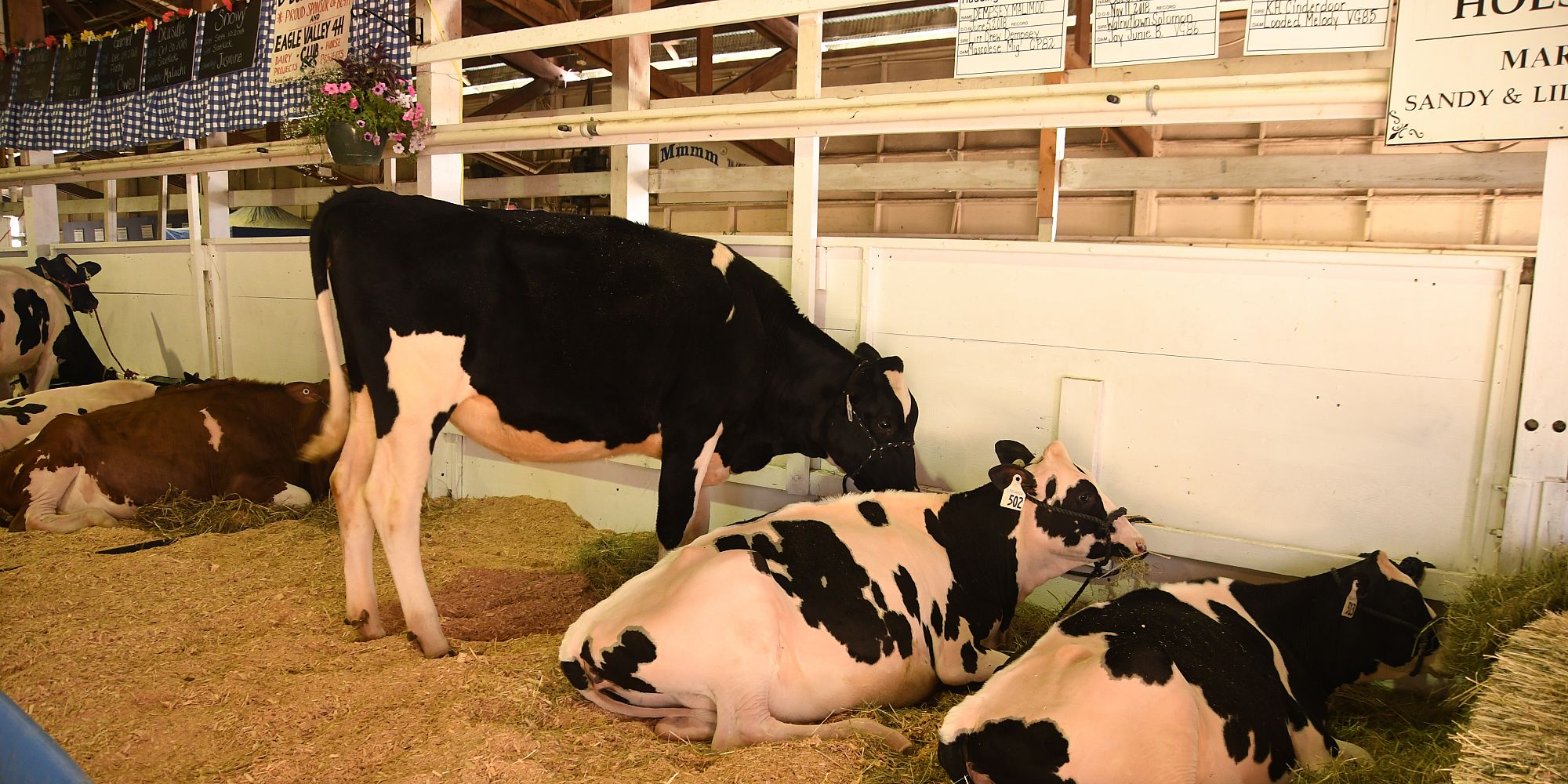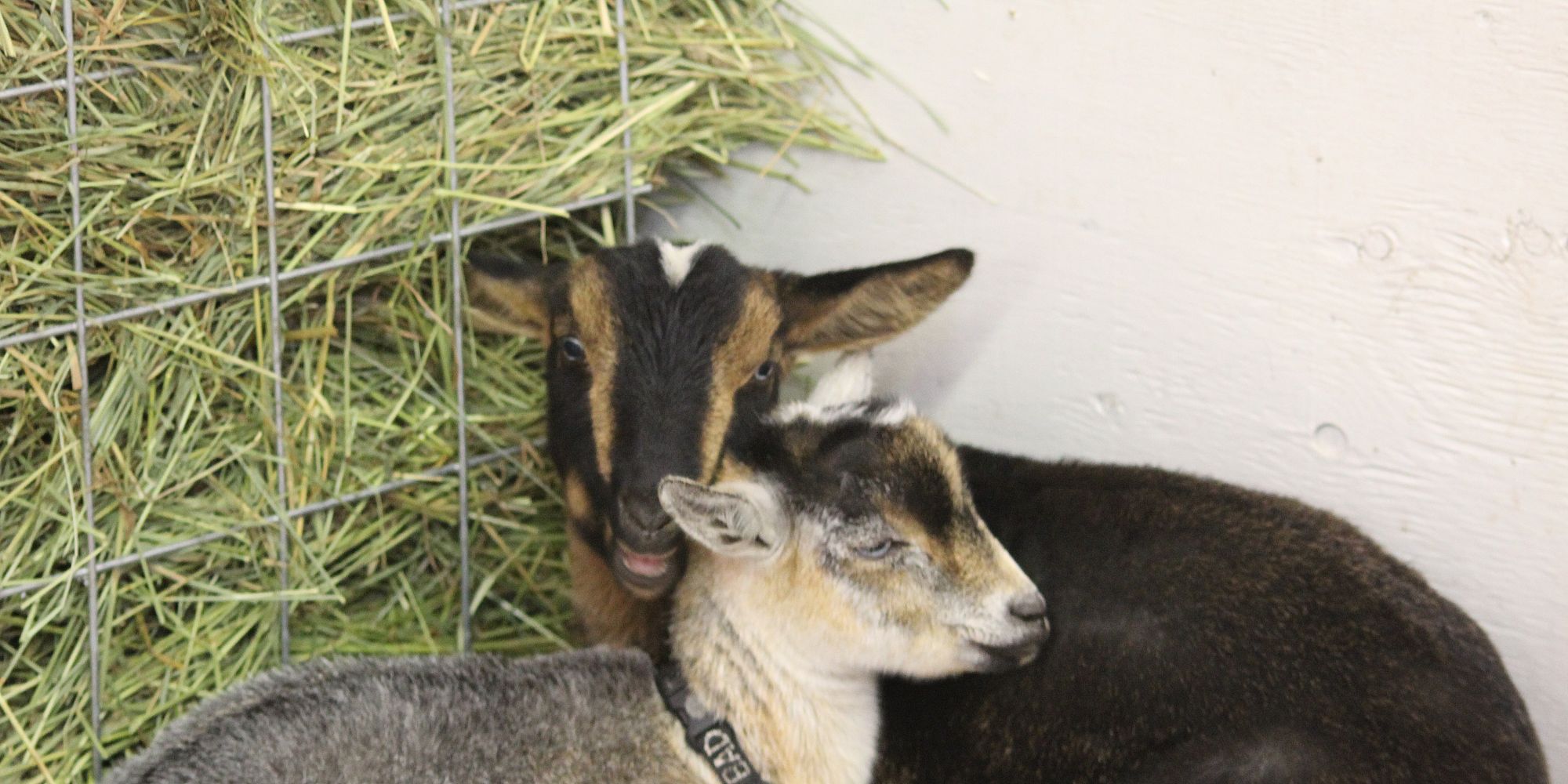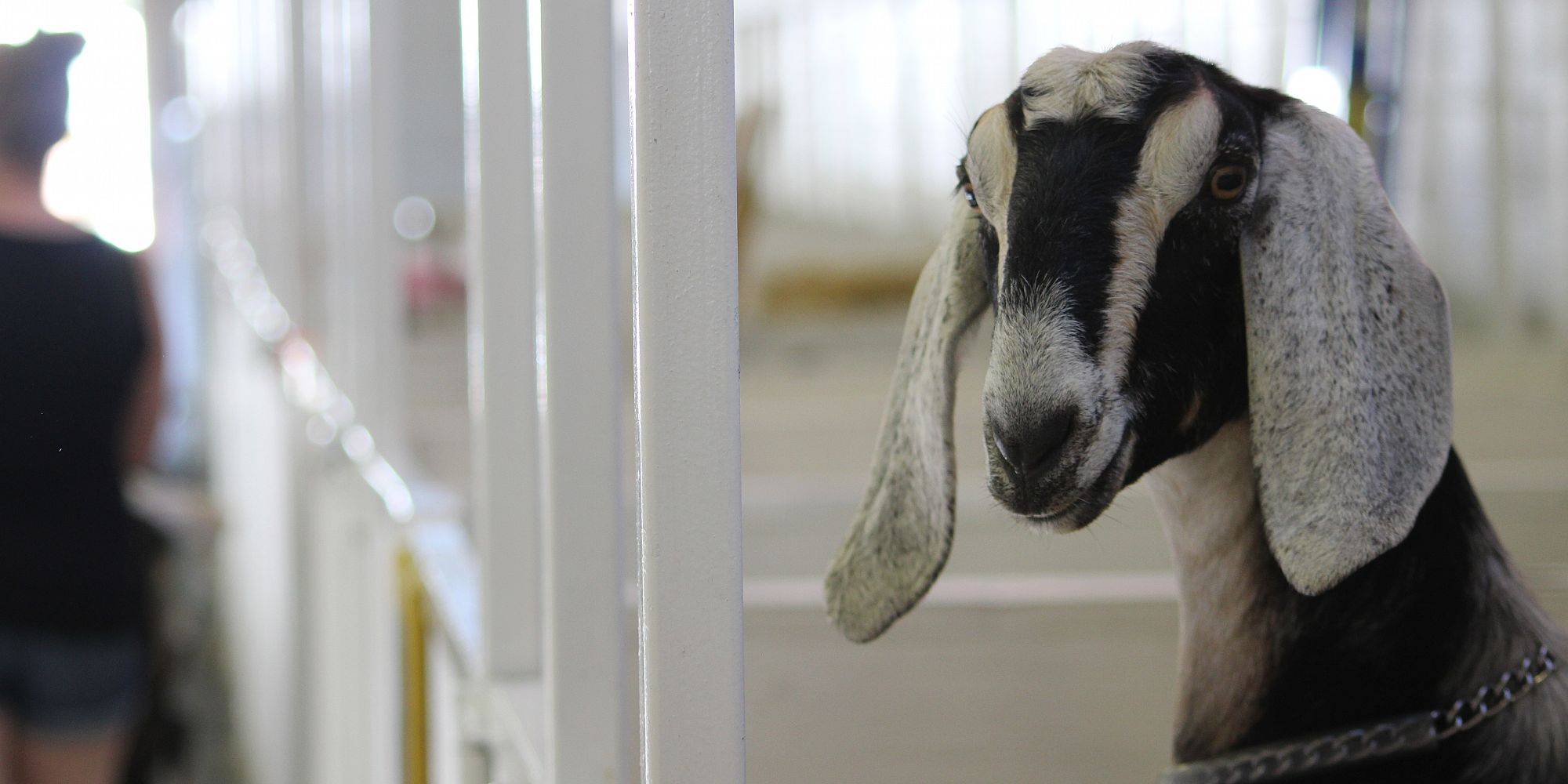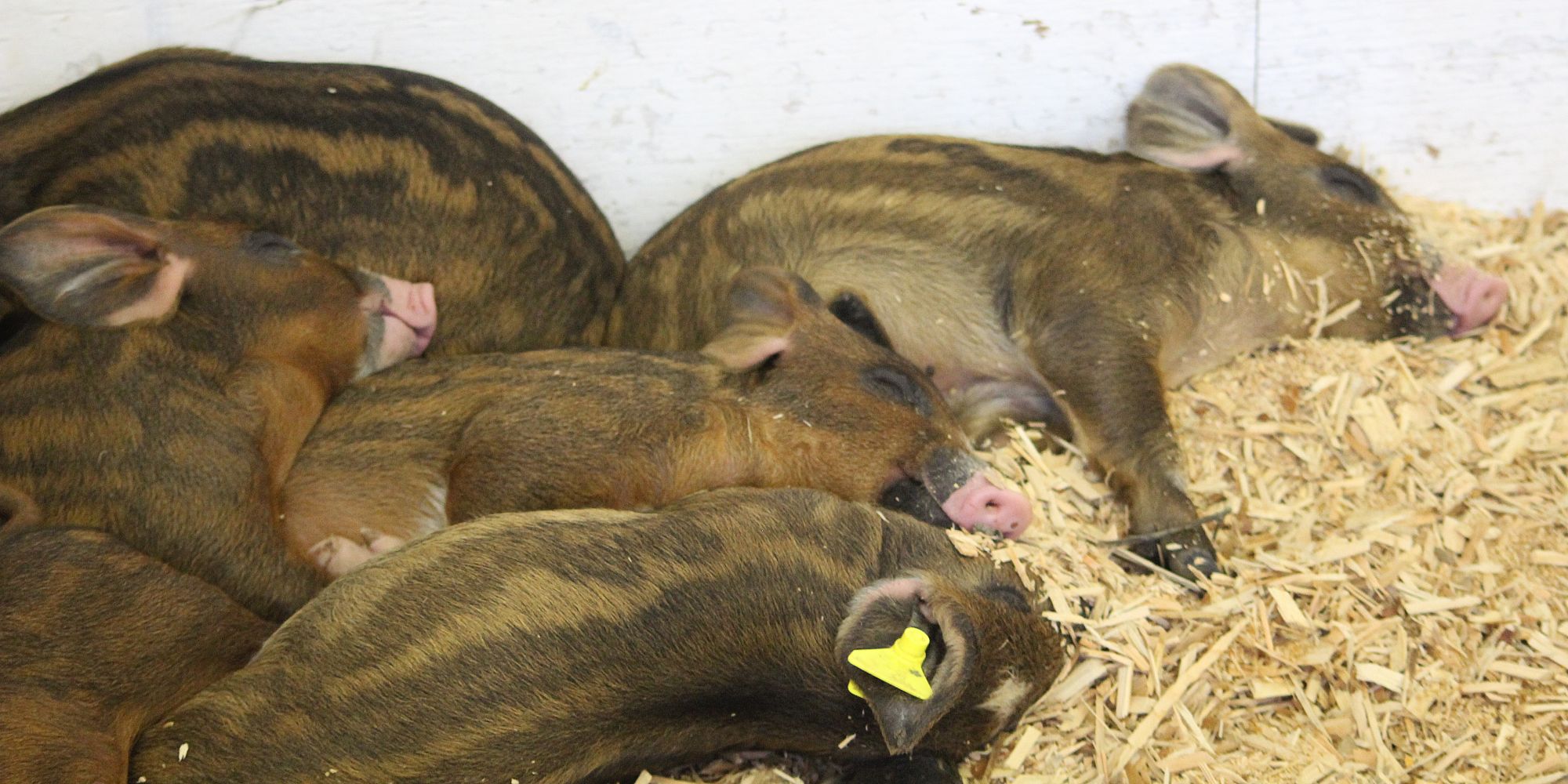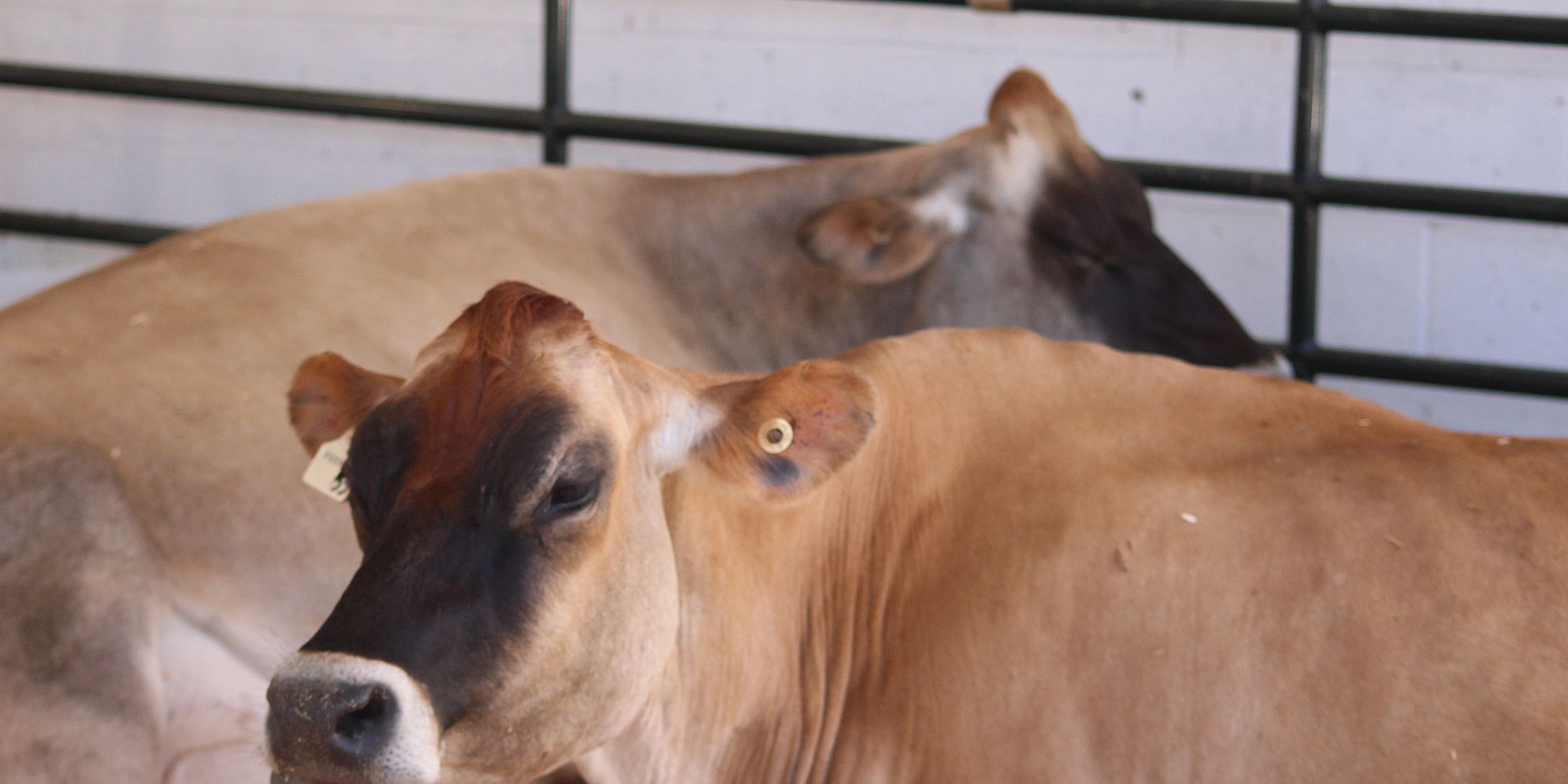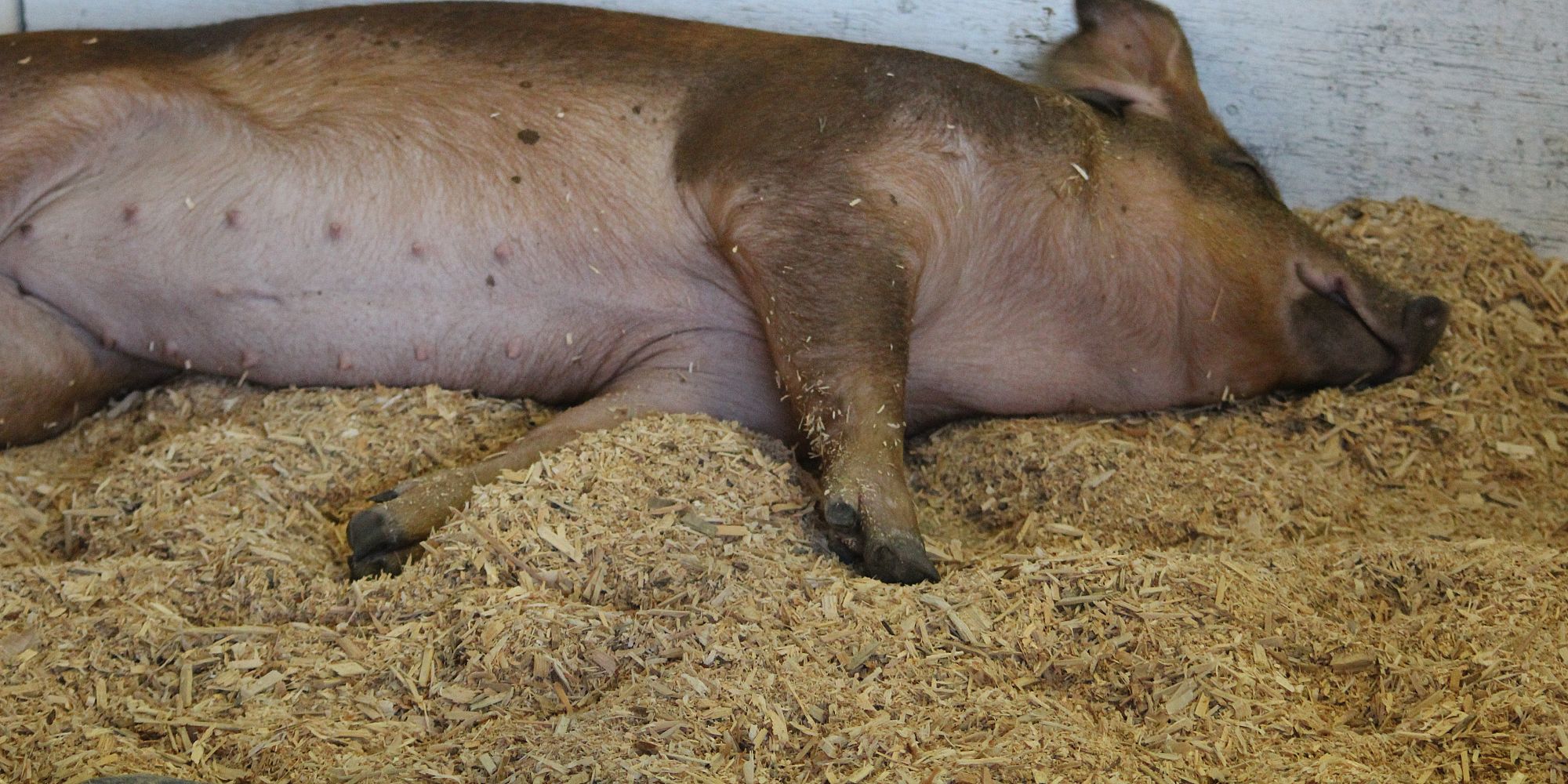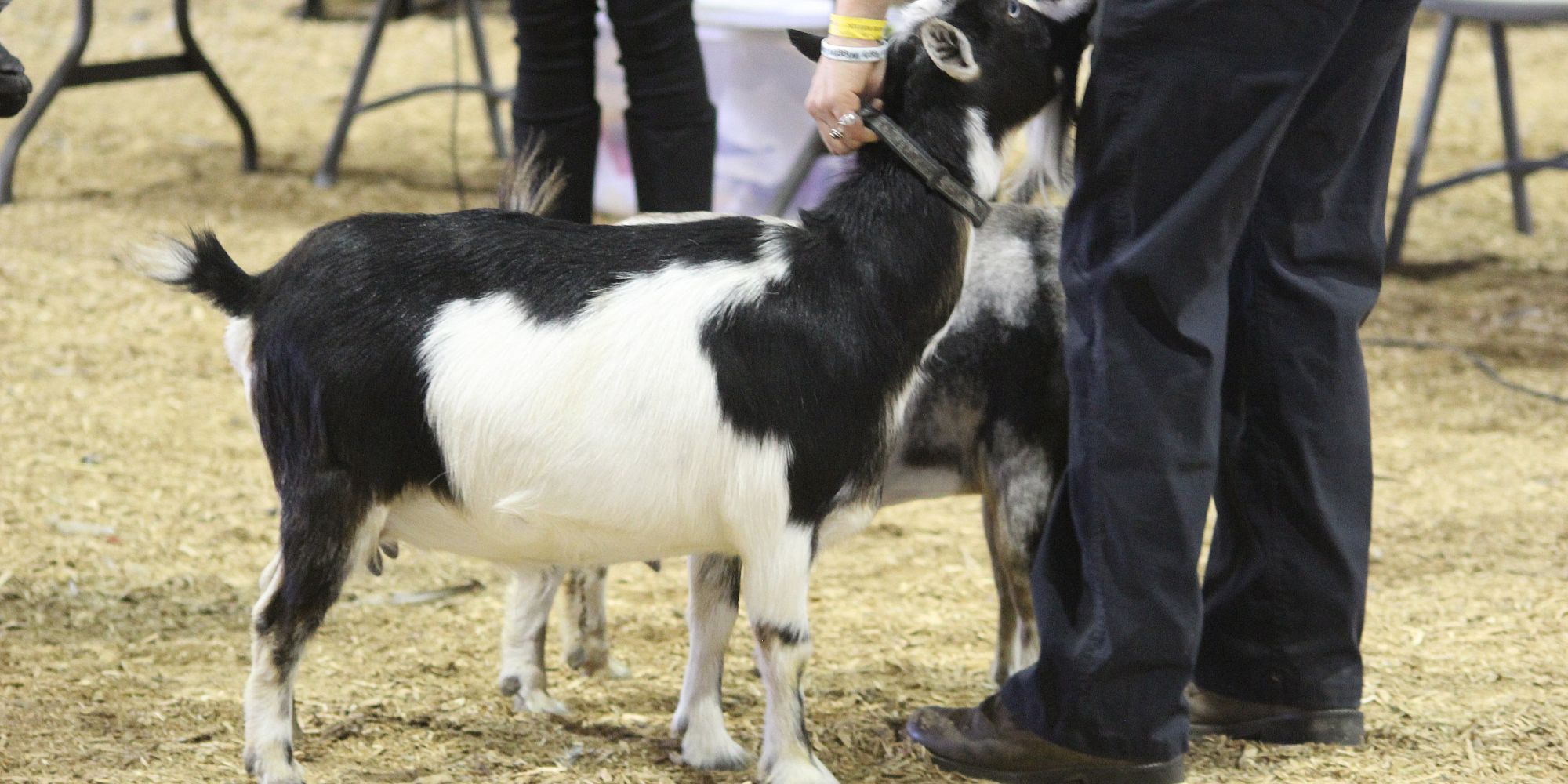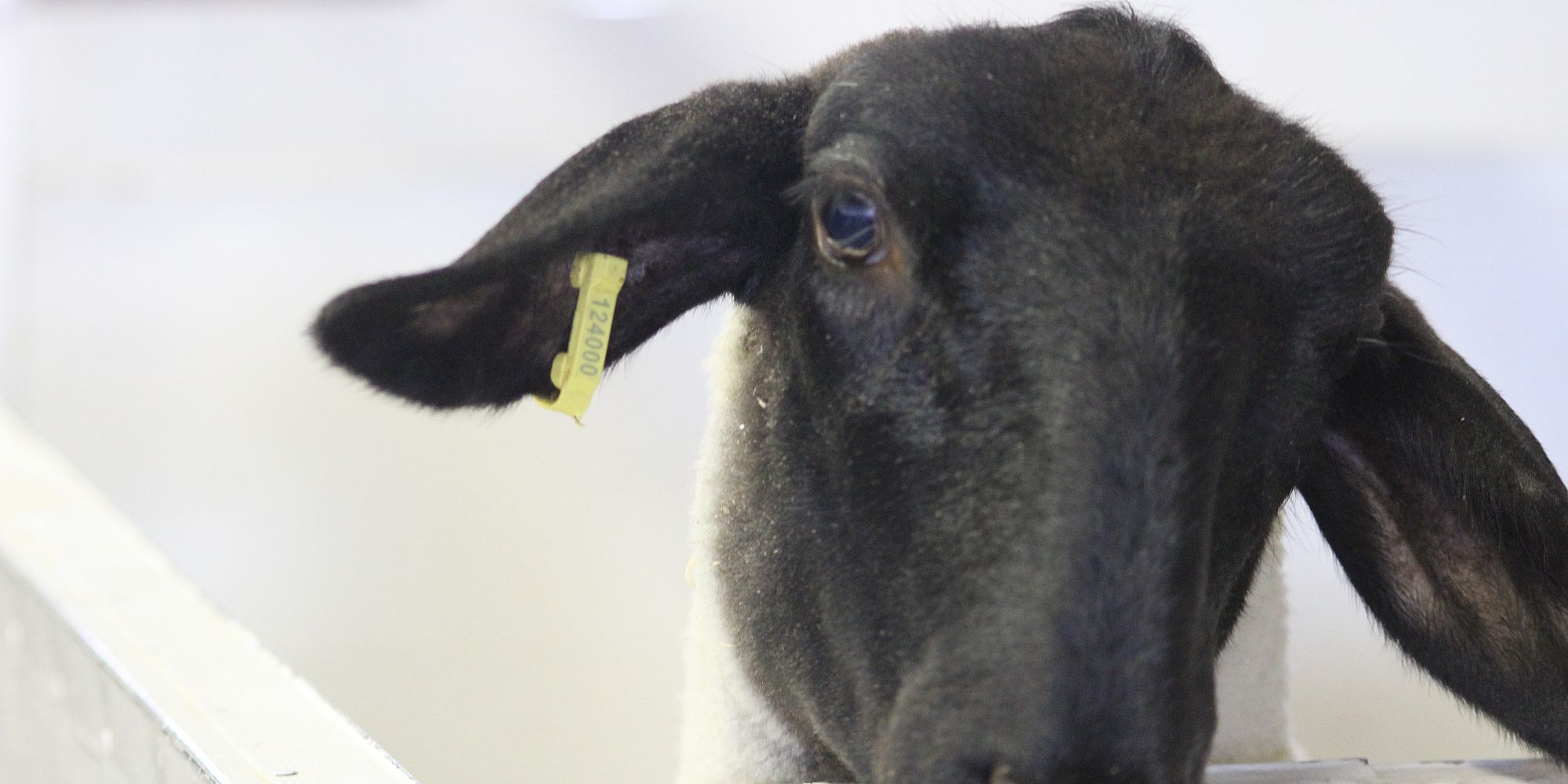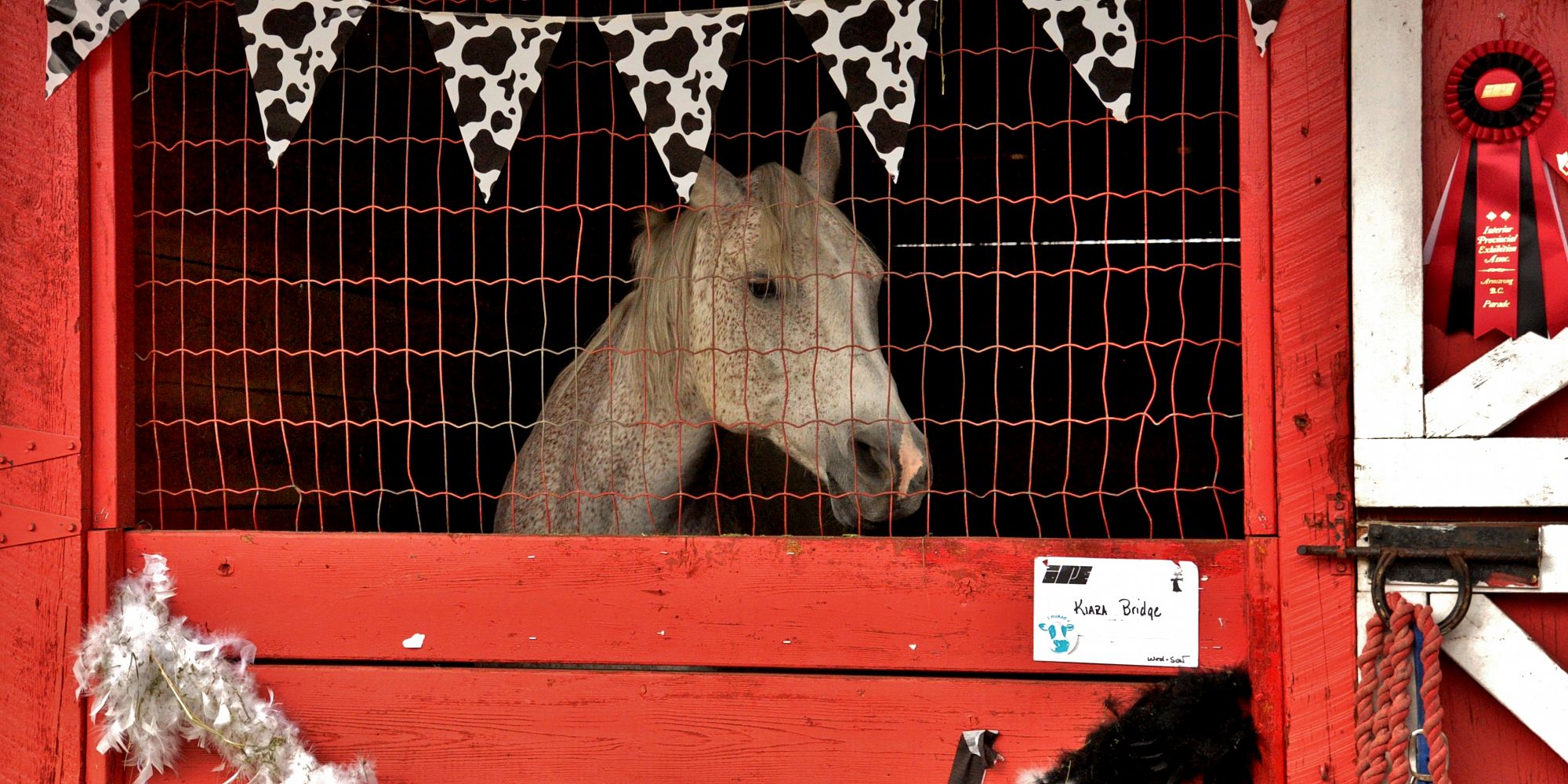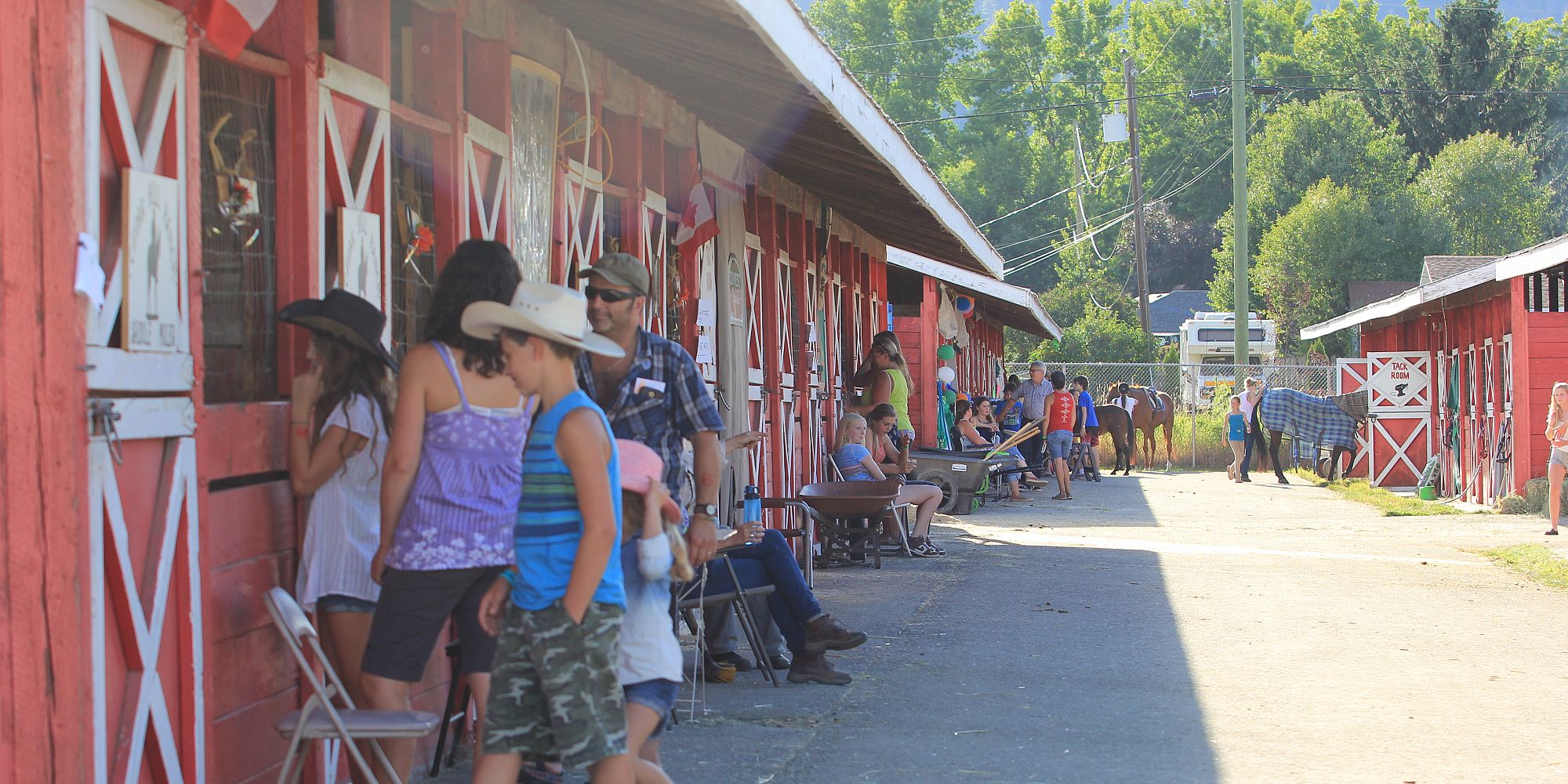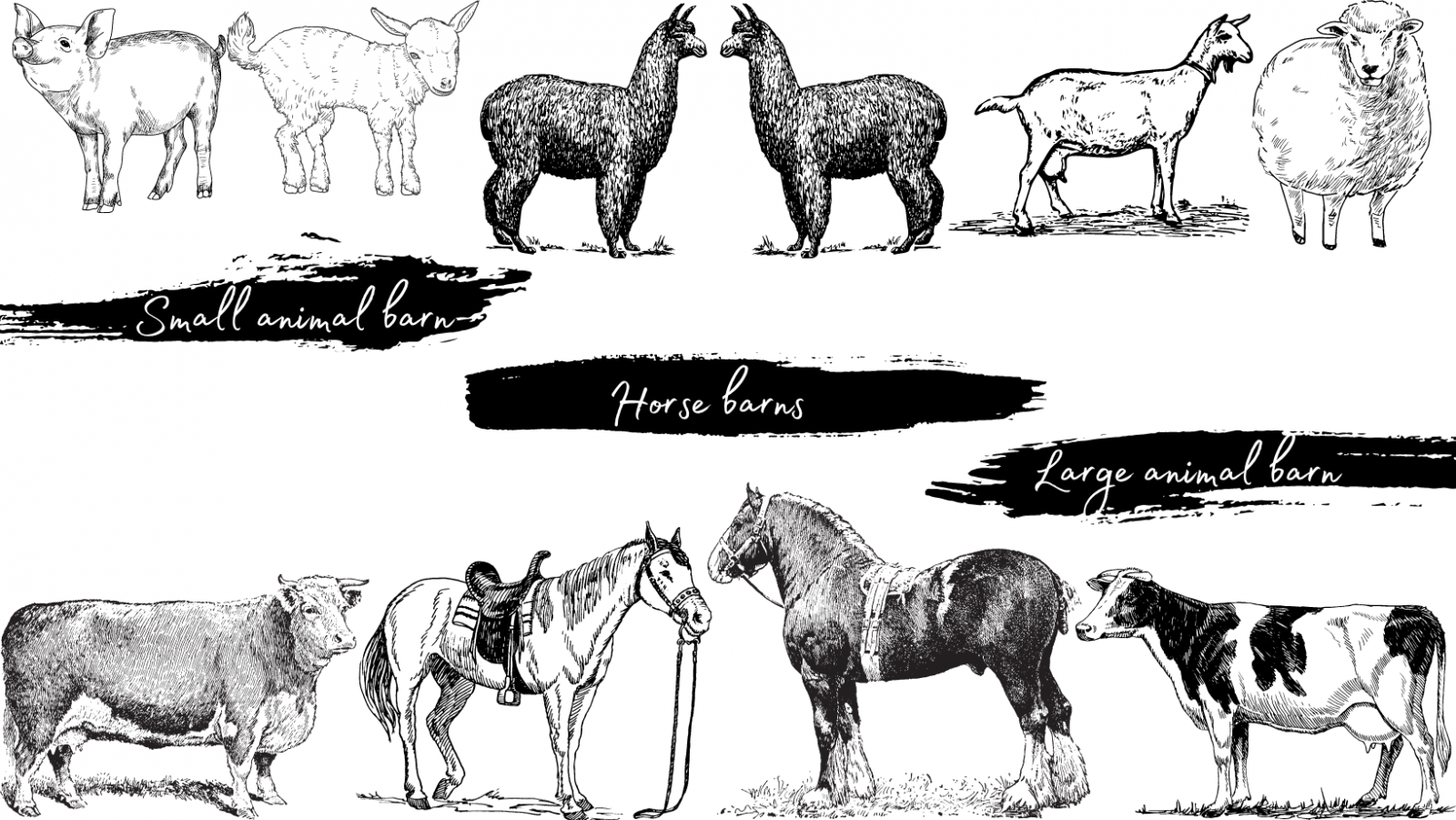 Please be respectful when in the barns.
Please be respectful when in the barns.
it is important to remember the barns are NOT just a massive petting zoo! These animals are peoples pets/ farm animals/ registered livestock, and might not want any unwelcomed attention!
Please do not yell or run in and around the animals, These types of actions can induce stress and overwhelm the animals.
The animals on grounds have very strict specific diets in order to keep them healthy, Please do not feed them human food!
LOOK-LOOK-LOOK! There are many animals being guided, prepped and washed for their shows on grounds and in the barns. Please give the animals and owners space. Never stand/walk directly behind any large animal as they have a blind spots and you could spook them!
Fun Facts!
“Sweating like a pig” is another misleading and commonly used phrase since pigs can’t sweat! Pigs don’t have many sweat glands, so they roll around and sleep in mud and swim in water to keep cool. A bonus to rolling in mud: it helps keep a pig’s skin from getting sunburned.
This is one of the sweetest facts about pigs: mother pigs sing to their babies while nursing. Newborn piglets learn to run towards their mothers’ voices, and pigs constantly communicate with each other. They have more than 20 distinct grunts and squeals that have been identified and range from expressing hunger to calling for mates.
Alpacas are old… really old. Over 6,000 years ago, the ancient Incans of Peru domesticated these animals for their fine fleece. The Incans valued Alpaca fiber over gold!
A cow that is milking eats about 100 pounds of feed each day. The feed is typically a combination of grass, grain, and a mixture of other ingredients like citrus pulp, almond hulls and cottonseeds. These are items that may otherwise be thrown away. We like to think of cows as the ultimate recyclers. The ingredients that we can’t eat can often be nutritious for them. Farmers employ professional animal nutritionists to develop scientifically formulated, balanced, and nutritious diets for their cows.
Pigs dream and like to sleep nose-to-nose. Have you ever seen a piggy pile? Pigs love to stay connected with each other by sleeping close together, often making sure to touch their friends while they drift off to dreamland! Few animals are more social than pigs, who form close bonds with other pigs and humans.
Sheep have rectangular pupils. Rectangular pupils allow for a wide field of vision, around 270 to 320 degrees. This means that sheep can see almost everything around them, except for what’s directly behind them, without having to turn their heads! As prey species, this helps sheep stay aware of their surroundings and watch for predators, even when their head is down grazing.
Ewes recognize their lamb’s bleat. Sheep also communicate through vocalizations, often called bleating. A female sheep that has given birth to a lamb is called an ewe. Ewes are able to recognize which lamb is theirs just by the sound of their calls.
Pigs are smarter than your dog, It’s true! Pigs have the intelligence of a human toddler and are ranked as the fifth most intelligent animal in the world! In fact, pigs are more intelligent and trainable than any breed of dog. They learn their names in just two weeks and come when they’re called. Pigs are even capable of playing video games better than some primates.
Sheep are emotionally complex with distinct personalities. Sheep are capable of experiencing a wide range of emotions, just as humans do. Many studies have highlighted the ability of sheep to feel afraid, angry, bored, sad, and happy. Not only are sheep able to feel basic emotions, but their feelings can be very complex. For example, scientific studies have shown that sheep can be pessimists or optimists!
Counting sheep? There are over 1000 breeds of sheep! With all of these different breeds, there exists some very unique characteristics. Some breeds of sheep, like the Hebridean and Navajo-Churro, possess the polycerate gene, meaning they have the ability to grow two, four, and even six horns! Racka sheep are unique in that both males and females have long, spiral-shaped horns. Najdi sheep have long, silky hair, rather than curly wool like other sheep breeds.
The salivary glands of cattle, located beneath the tongue, produce 50-75 litres of saliva per day!
Alpacas fur is flame and water resistant!! Enough said
The llama is a relative of the camel, but without the hump. They were first domesticated in the pre-Colombian times, around 5,000 years ago, and have been used by the Andean people as pack animals ever since.
You may know that a baby goat is called a kid, but did you know that, because of that, a goat giving birth is said to be “kidding”? We’re not … joking.
When the average beef cow chews feed it causes over 40,000 jaw movements per day.
Llamas are especially vocal. Mothers often hum to communicate with their babies, called crias, which eventually learn to recognize their mothers this way. They also make this noise when they're anxious, tired, uncomfortable, excited, or just curious. In addition to humming, llamas make a unique gargling noise — called an "orgle" — then they're mating. Female llamas will sometimes make clicking noises
Alpacas are the most environmentally friendly of agricultural grazing animals – they live lightly on the earth. Alpacas have soft, padded feet that do not cut into the topsoil. Sheep and goats are much harder on the earth because of the impact of their hooves, which are more likely to tear up and damage plant life and soils.
GOATS WERE ONE OF IF NOT THE FIRST ANIMALS TO BE DOMESTICATED. The great goat domestication took place about 11,000 years ago in the Near East. The event was a pivotal moment in human history that represented a key shift of mankind from hunter-gatherers to agriculture-based societies.
There are six main breeds of dairy cows. The main breeds are Ayrshire, Brown Swiss, Guernsey, Holstein, Jersey, and Milking Shorthorn. A seventh, Red and White, is a variation of the Holstein breed.
Even though we drink cow’s milk almost exclusively here, around the globe more people eat and drink meat and milk from goats than any other animal. It’s naturally homogenized (meaning it doesn’t separate out into layers in its original state) and is easier to digest than cow’s milk, even by people who are lactose intolerant. It’s also higher in calcium and vitamin A.
Goats are picky eaters. Unlike in fairy tails, real goats won’t eat just any old thing. Goats are not grazers; they are referred to as browsers or foragers. They have a very strong and sensitive upper lip that helps them sort through the vegetation and pick what they like.
Llamas are amazingly expressive creatures and if one llama has a problem with another llama, it will express this by sticking its tongue out at the other llama, they'll often spit to establish pecking order within their herd or to ward off an unwanted suitor. Llamas can also reach a top speed of around 35 mph, so you don’t want to get on a llama’s bad side or you might find yourself in a high-speed chase.
Hamburger meat from 1 cow would equal 720 quarter-pound (100g) hamburgers, enough for a family of 4 to enjoy hamburgers each day for nearly 6 months!
Each dairy cow produces about 6-8 gallons of milk each day and is milked 2-3 times per day. It takes about 5-7 minutes for a cow to be milked.

